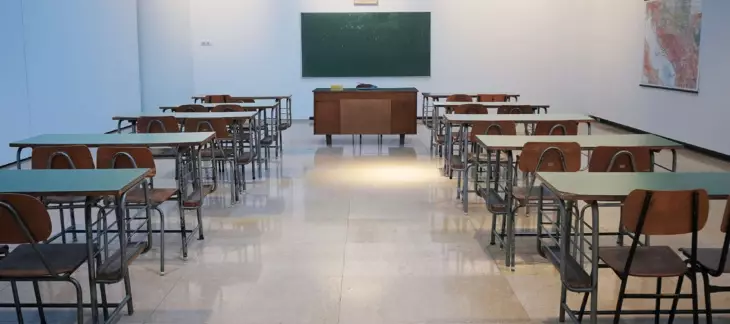In these days, it is doubtful that any child may reasonably be expected to succeed in life if he is denied the opportunity of an education.
Brown vs. Board of Education, 347 U.S. 483, 493 (1954)
The Supreme Court’s landmark decision in the case of Brown vs. Board of Education paved the way for historic changes to America’s public education system. While the decision “opened the schoolhouse doors” to children of all races (at least in theory; non-white students spent decades after the decision fighting their way through these supposedly “open” doors), many people today do not realize that students with disabilities continued to be denied access to public schools long after the Brown decision.
People with disabilities and their allies were an integral part of the civil rights movement in the United States. Disability advocates joined forces with other minority groups to demand equal access, equal treatment, and equal opportunity for people with disabilities. Relying on the court’s reasoning in Brown, parents began to challenge the school districts’ policies of excluding and segregating students with disabilities in court, with varying degrees of success.
Congress also became involved, enacting the Elementary and Secondary Education Act of 1965 to address the inequality of educational opportunity for underprivileged children. The following year, Congress amended the statute to establish a grant program to help states with the “initiation, expansion, and improvement of programs and projects . . . for the education of handicapped children.” The grant program was replaced by a similar program under the Education of the Handicapped Act of 1970. However, neither program included any specific mandates on the use of funds provided by the grants. As a result, the programs were largely ineffective; neither program was ever demonstrated to have significantly improved the education of children with disabilities.
Frustrated with the lack of results, Congress launched an investigation into the status of children with disabilities in 1972. The findings shone a bright light on the grim state of the American special education system:
[O]f the more than 8 million children with . . . handicapping conditions requiring special education and related services, only 3.9 million such children are receiving an appropriate education. 1.75 million handicapped children are receiving no educational services at all, and 2.5 million handicapped children are receiving an inappropriate education.
On November 19, 1975, Congress enacted the Education for All Handicapped Children Act of 1975, establishing both “a right to education” for children with disabilities and “a process by which State and local educational agencies may be held accountable” for protecting that right. The statute has been amended several times since 1975 and is now known as the Individuals with Disabilities Education Act (“IDEA”).
The IDEA includes several important statements of federal policy, including recognition that:
the education of children with disabilities can be made more effective by having high expectations for such children and ensuring their access to the general education curriculum in the regular classroom, to the maximum extent possible, in order to . . . meet developmental goals . . . and . . . be prepared to lead productive and independent adult lives.
20 U.S.C. § 1400(c)(5) (emphasis added).
The law guarantees all children with disabilities:
a free appropriate public education that emphasizes special education and related services designed to meet their unique needs and prepare them for further education, employment, and independent living.
20 U.S.C. § 1400(d)(1)(A) (emphasis added). Education must be provided without charge, under an individualized education program, in the least restrictive environment.
The IDEA provides rights not only to children with disabilities, but also to their parents. To protect these rights, the law includes an elaborate system of legal checks and balances, called “procedural safeguards.” Unfortunately, these rights are not always self-executing. School districts do not always provide appropriate services and accommodations voluntarily. They do not always adhere to the procedural safeguards. We encourage anyone with a specific special education problem or questions about the special education process to contact Todd Ratner at 804-665-1042 or todd.ratner@ratnerplc.com.




